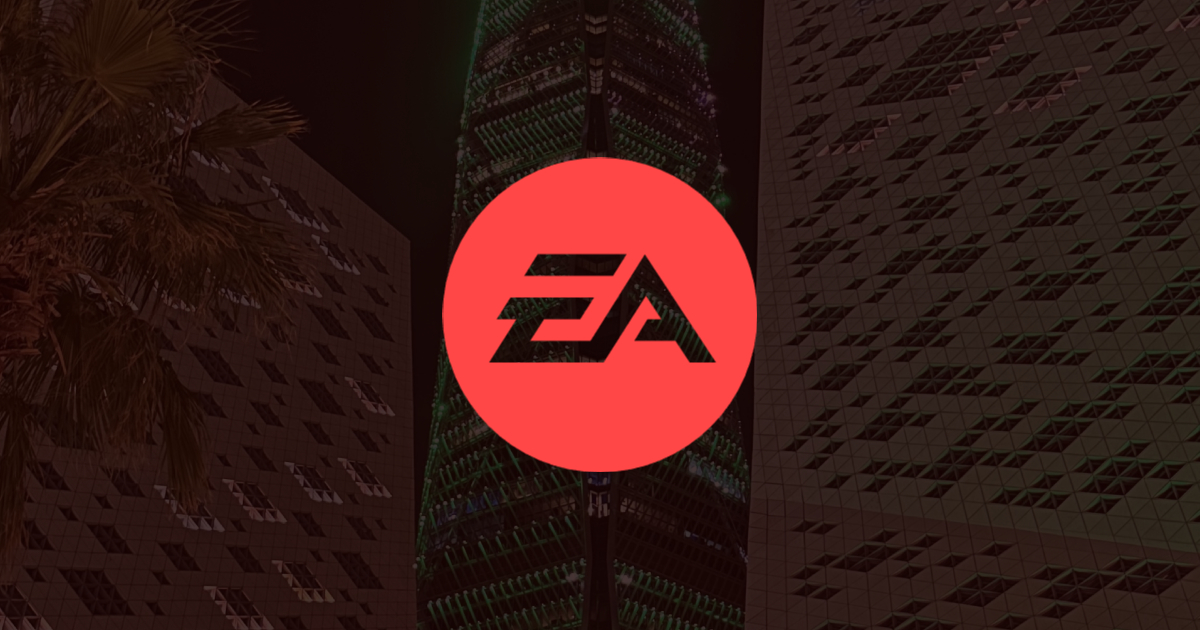Everything You Need to Know About the Unprecedented Buyout of Electronic Arts: Deal Structure, Financing, Debts, and Penalties
Usually, we do not analyze individual deals, but the upcoming buyout of Electronic Arts is a unique case in the gaming industry. Therefore, we delved into the documents and created a comprehensive guide explaining the main nuances, including some that are not immediately obvious.
In September, it was announced that Electronic Arts would be acquired by a consortium of investors led by the Saudi Arabia Public Investment Fund. Before diving into the deal breakdown, here are a few points about its scale in the market.
As a result of the acquisition, EA is valued at approximately $55 billion. This is the second largest deal in the history of the gaming industry, second only to Microsoft's acquisition of Activision Blizzard (final cost — $75.4 billion).
When considering the specific structure of the EA buyout—a leveraged buyout (LBO)—this is actually a record even without tying it to the video game market. Previously, the largest buyout of this kind involved the Texas company Energy Future Holding ($45 billion).
On November 20, EA published the final document addressed to the U.S. Securities and Exchange Commission (SEC). It contains over 200 pages detailing the terms and other nuances related to the unprecedented LBO. It seems like a perfect opportunity to delve into it.
In today’s article, we will cover:
- the parties and participants of the deal, as well as their roles in the planned acquisition;
- a brief timeline of the LBO, including the start of negotiations and the deadline for closing the deal;
- the structure and financing of the buyout;
- the debt obligations of the acquired EA following a $20 billion loan;
- compensation and other packages for executives and board members;
- penalties that participants might face in case of deal termination.

